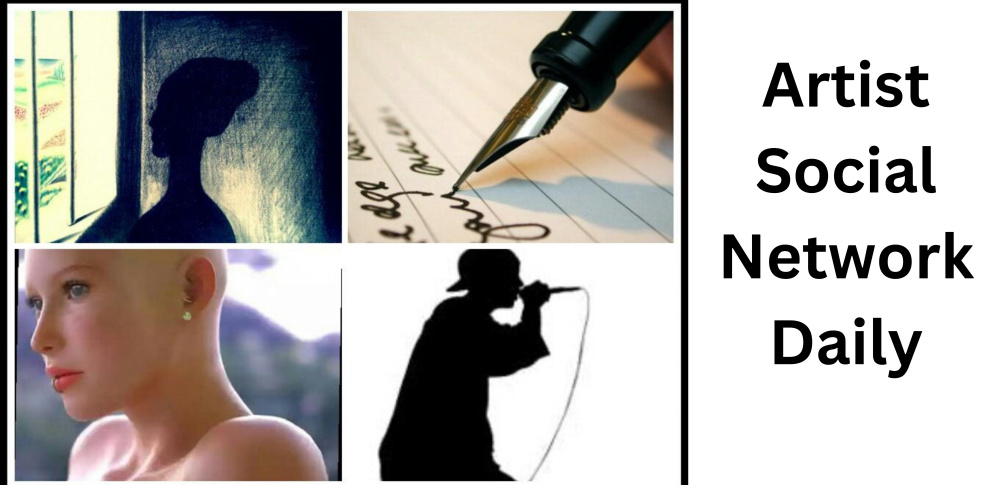Art Market
Annabel Keenan
May 13, 2025 4:13PM
Installation view of Messums at Photo London 2024. Courtesy of Photo London.
Photography is as rich a discipline as any, with artists producing captivating and poignant images using a range of skills and techniques.
Buying photographs offers a way to diversify the mediums in your collection. And, for artists who work in multiple disciplines, photography typically comes with price tags that are lower than those on something like a painting or sculpture. “[With photography,] you can collect great art and have museum-quality masterpieces on your walls,” said David Grob, founder and director of Grob Gallery.
As with all art forms, photography and the market to buy it contain nuances and technical terms, but things aren’t as complicated as they might seem. Here’s what you need to know about buying photography.
Photography can be shot in an instant, but it isn’t easy
Advertisement
Since it emerged as a medium in the early 19th century, photography has been saddled with questions about its value as an art form. In the smartphone era, these questions persist today among some audiences.
“A common misconception is that photography is easy, and that anyone with a camera or smartphone can create the kinds of images you see hanging in a gallery,” said Joan Lemler, photographer and chair of the Marketing Group and Portfolio Reviews at the member-run Soho Photo Gallery. “True artistic, professional photography requires at least as much vision as painting or any other medium.”
Capturing the initial image is only part of the process, Lemler added. “In reality, it takes years of training to process and make the creative choices necessary about paper and presentation to bring a digital file, or for that matter a negative, to life as a fine art print,” she said.
Moreover, the meaning and motivation behind a work can set it apart from other photos that were snapped without intention. The artwork might relate to broader themes in an artist’s practice, and what they are capturing often requires an involved process to create.
The late Nona Faustine, for example, was both the subject and the author of her photographs, often posing nude to reveal legacies of racism intertwined with historic and public places. Faustine spent countless hours researching and planning to stage the moments she photographed.
Not all photographs are in editions
Photography is associated with editions, meaning works that are created in multiples. Each image in the edition is typically identical, though photographers may print their works in different dimensions. This isn’t the case for all photography, particularly for earlier works.
“It was only in the 1970s when most photographers started to edition their works, which also aligned with when the photography market became collectible,” said Grob. As an example, Grob Gallery offered Chez Mondrian by André Kertész, a vintage photograph made by the artist in Paris in the 1920s. The work, Grob said, is in excellent condition and could be worth more than $1 million. “Later prints, even those made during his lifetime, might fetch only $6,000 to $8,000,” Grob added. “The golden rule? Provenance and their date are paramount.”
Of course, not all photographers follow the same rules, so it’s important to speak with galleries to understand their practice. “I work with Japanese artists such as Nobuyoshi Araki, Daido Moriyama, and Eikoh Hosoe who do not number and date their works,” said Sara Cavagnari, art director of Galleria13. “It’s part of their art and history.”
Also, similar to artists who create fine art prints and multiples, photographers might hand-finish a piece, making it unique even if it’s in an edition.
Price check
Interior view of AIPAD 2025. Photo by Erica Price. Courtesy of AIPAD.
As with all forms of art, buying photography is a financial investment. “I have to have an immediate, visceral response to the image,” said Lydia Melamed Johnson, an art collector and executive director of the Association of International Photography Art Dealers (AIPAD) fair in New York. “Once I’ve fallen in love with my heart, then I get into the brass tacks.”
As well as typical artwork pricing factors such as an artist’s demand and the type of edition in question, several elements factor into the pricing of photographs more uniquely, including the dimensions of the work and the technique used for processing. “Larger images usually are more expensive, and the more unique or time-consuming the process, the more a photograph may cost,” said Lemler. Artists can create many types of photographs, such as silver gelatin prints, cyanotypes and daguerreotypes, which require different skills and time to produce.
Melamed Johnson takes into consideration things like the work’s condition and how it was made. She also might consider the size of a particular edition, explaining, “if I am really stretching financially, I want to make sure that there are some safeguards around the proliferation of an image or if it is a posthumous or lifetime print.”
Whether a work is in an edition (and how large that edition is) impacts the price. Editions with fewer prints are inherently scarcer and will therefore be more expensive. For example, Man Ray’s Le Violon d’Ingres (1924) became the most expensive photograph to have ever sold at auction when it sold for $12.4 million at Christie’s in 2022. The work—one of the most iconic in 20th-century photography—is a rare original print, meaning it was produced around the time the negative was created, unlike later editions created from a copy negative. Unlike fine art prints, photographs might be priced differently depending on their order in an edition if a gallery or artist staggers pricing.
When listing prices of photographs, many galleries do not include the frame prices, as collectors might make these decisions on their own. If you’re hoping to keep within a specific budget, bear in mind that frames can be costly for larger works, especially if they come with non-glare and UV glass.
When in doubt, ask an expert
Interior view of AIPAD 2025. Courtesy of AIPAD.
Like prints and multiples, photography can include technical terms that might seem daunting, but galleries offer a wealth of expertise to elucidate the medium. “Each artist has a different technique, style, and printing system, and it is our job to provide the information needed to understand their art,” said Cavagnari.
Online marketplaces like Artsy are excellent resources to get a sense of an artist’s broader practice and to see what’s available. Grob also suggested researching previous auction results, but cautions that “auction prices can be well below or well above the value, so take them with a pinch of salt.” Grob himself purchased a photograph by Constantin Brâncuși in 1970 for $100. “I bought it because I loved his sculpture and there were no books on him in print; I didn’t even realize he had taken and printed the photograph himself,” he said. “That print is probably worth $200,000 today, and I have no doubt that its value will continue to multiply.”
Art fairs are also great to visit to cultivate your eye as a buyer and enthusiast. Even if you don’t purchase anything, these events feature hundreds of artists’ work, offering a broad overview of the discipline.
“Come to art fairs, go to galleries, and just look,” advised Melamed Johnson. “Once you start to find your taste, and what it is that you like or don’t like, then ask questions, get on mailing lists, and start communicating. You’ll quickly find the galleries that are excited to help emerging collectors and aren’t pushing you past your budget or trying to steer you towards works you don’t respond to.”
AIPAD also has a guide to collecting on its website and produced a video series with Fotografiska called Collecting for Everyone that features talks with galleries, collectors, and curators.
Annabel Keenan
This post was originally published on this site be sure to check out more of their content



